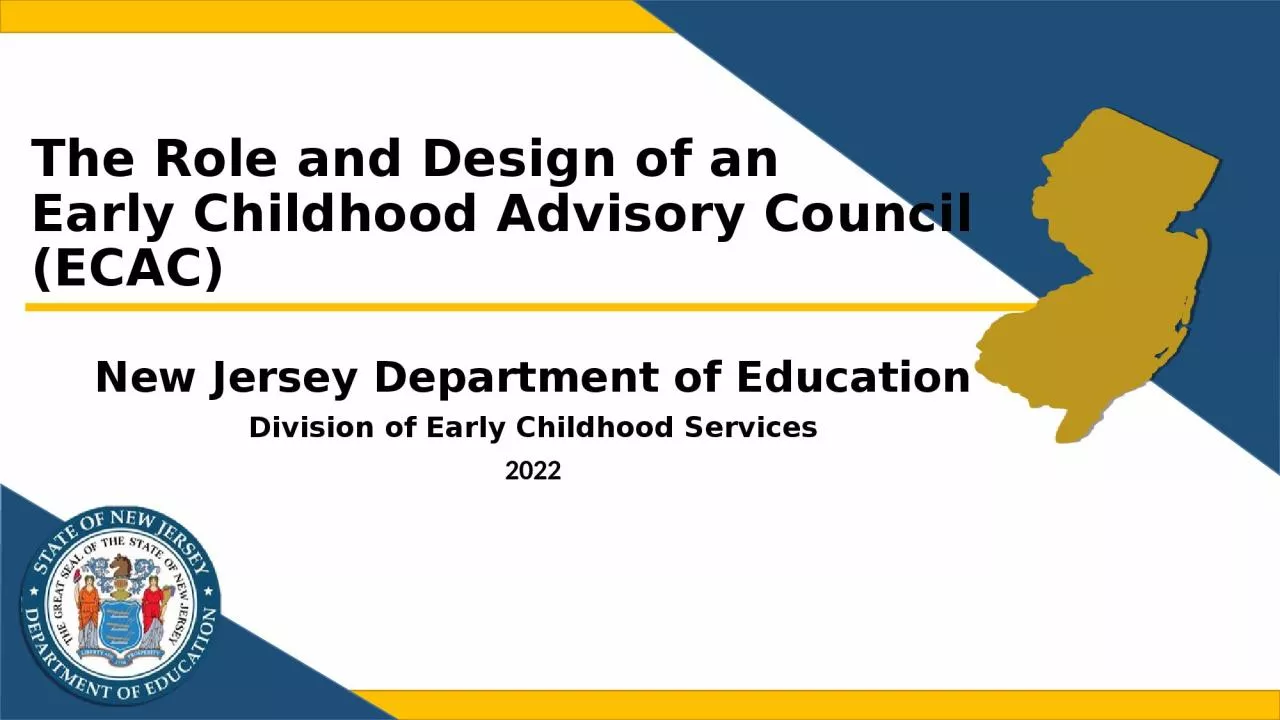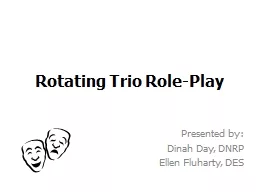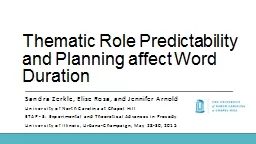PPT-The Role and Design of an
Author : udeline | Published Date : 2024-01-29
Early Childhood Advisory Council ECAC New Jersey Department of Education Division of Early Childhood Services 2022 Introduction The guidelines in this presentation
Presentation Embed Code
Download Presentation
Download Presentation The PPT/PDF document "The Role and Design of an" is the property of its rightful owner. Permission is granted to download and print the materials on this website for personal, non-commercial use only, and to display it on your personal computer provided you do not modify the materials and that you retain all copyright notices contained in the materials. By downloading content from our website, you accept the terms of this agreement.
The Role and Design of an: Transcript
Download Rules Of Document
"The Role and Design of an"The content belongs to its owner. You may download and print it for personal use, without modification, and keep all copyright notices. By downloading, you agree to these terms.
Related Documents














